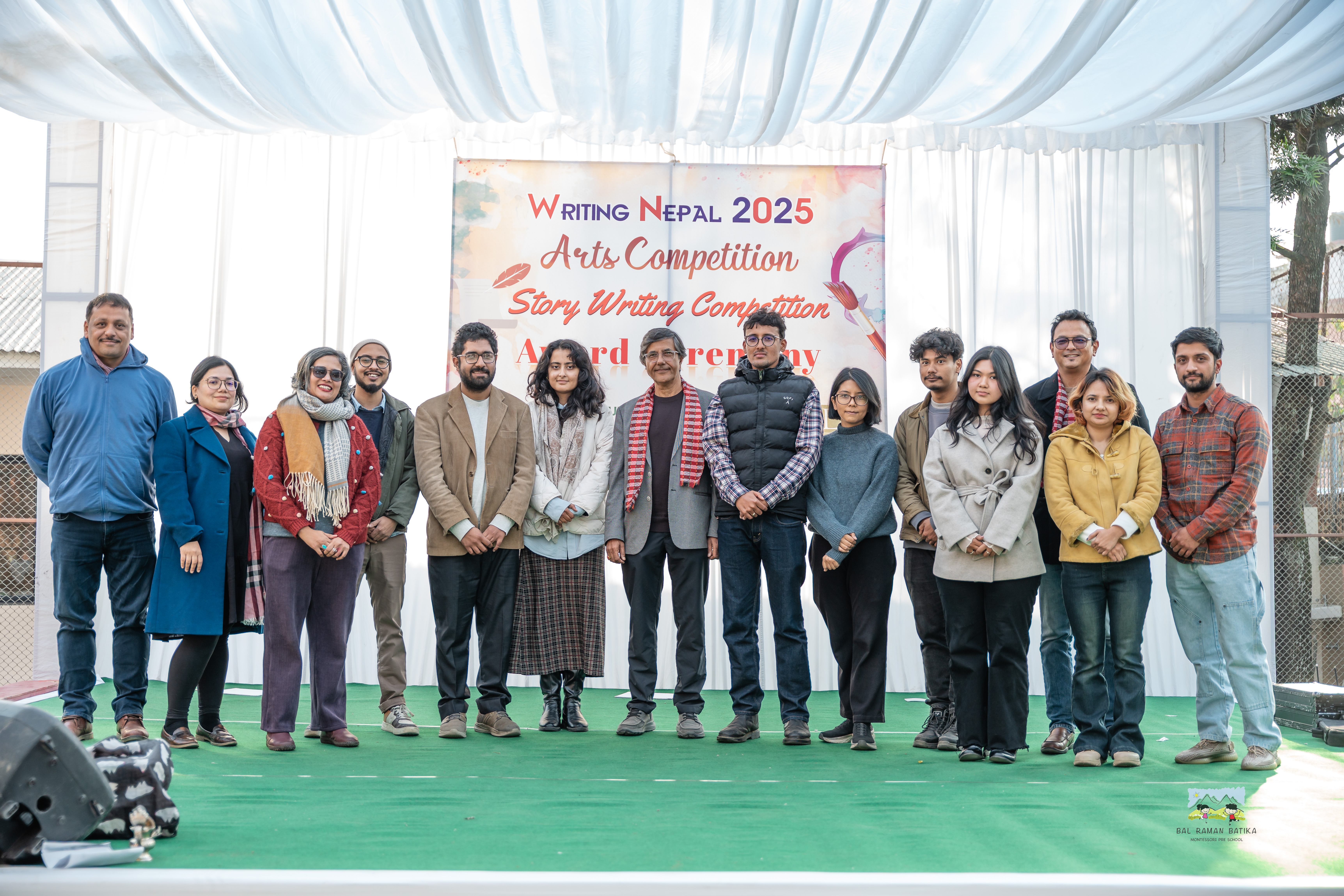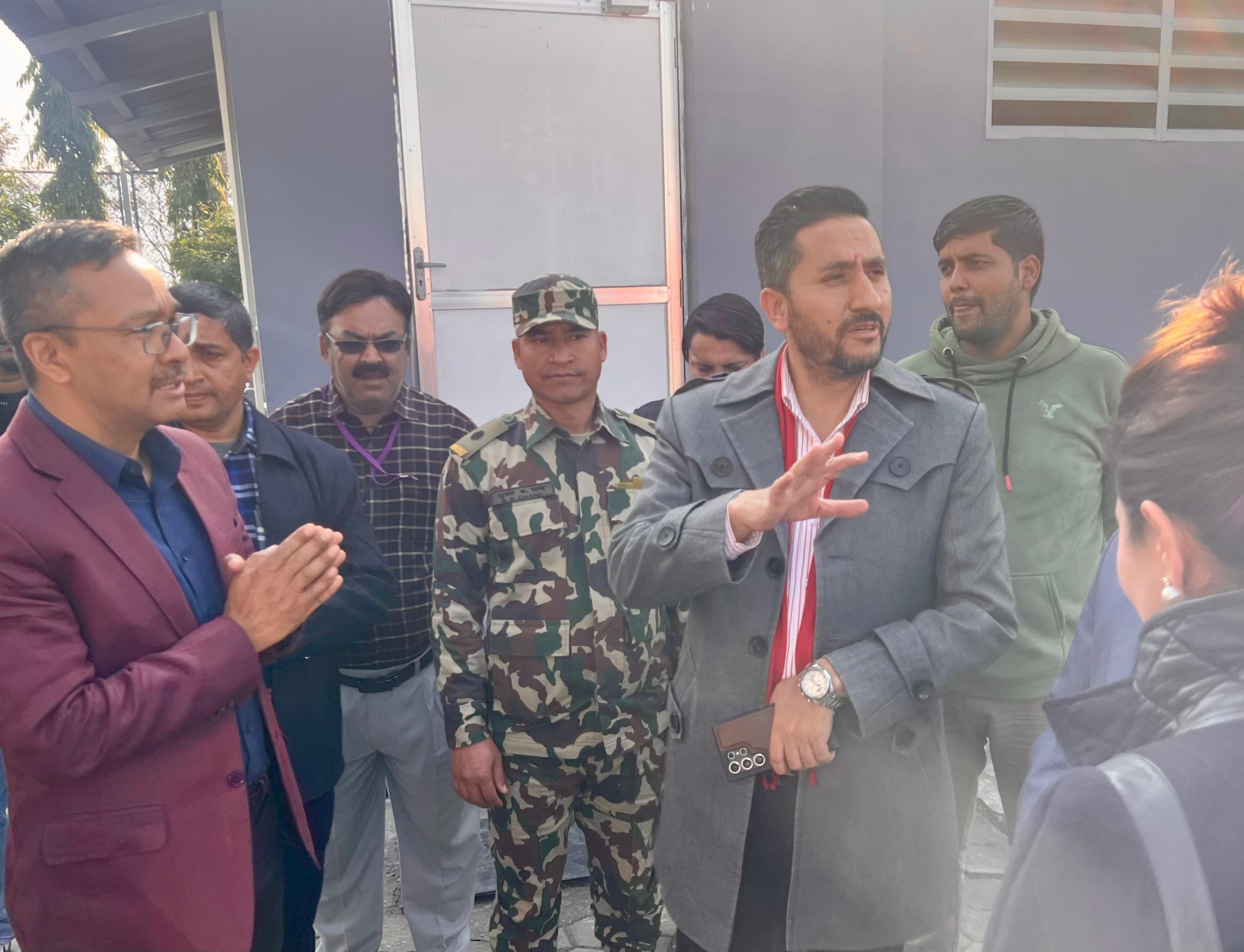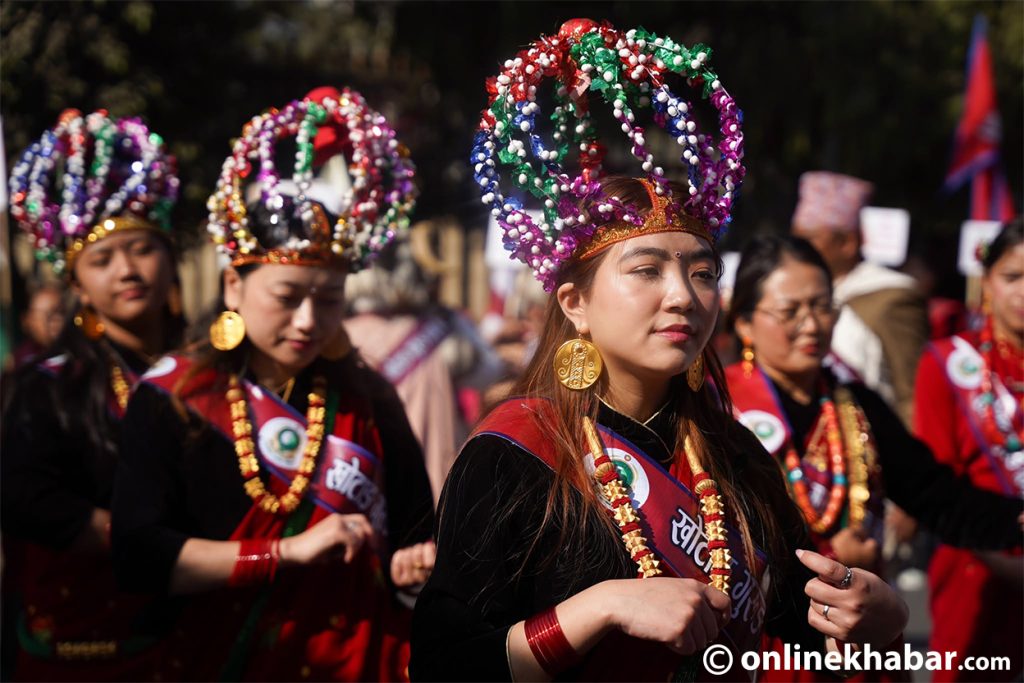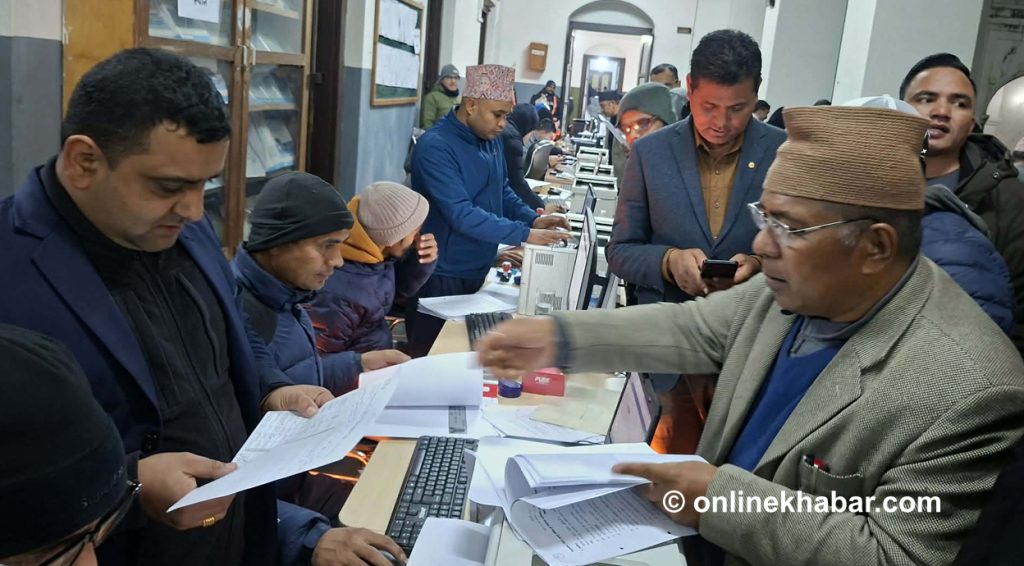
The ICC Men’s Cricket World Cup is well underway in the UK and fans of participating nations from around the cricketing world – many of whom live in the UK – are thrilling to the exploits of some of the game’s biggest stars playing in what is arguably the biggest competition the sport can offer.
England and Wales last hosted the Men’s World Cup 20 years ago. Since that time, some aspects of the game have developed substantially, while others have been seemingly more resistant to change. Among those changes, globally, we have witnessed growing interest for shorter formats – most notably T20, which is the shortest form of the game currently played internationally – and arguably, a declining appetite for test matches – at five days, the longest, most traditional format.
As hosts – and number one ranked one-day cricket team in the world in 2019 – expectations on the England team have never been higher. And, what of that England team? The starting line-ups have so far featured three black, Asian and minority ethnic (BAME) players in Adil Rashid and Moeen Ali, whose family origins are in Pakistan, and Jofra Archer – the team’s latest star, who was born and raised in Barbados, but who has qualified for England thanks to his father, who is English.
Rashid and Ali have been part of the England line-up throughout the period since the last World Cup in 2015, while Archer only actually qualified to play for England in March this year. This was earlier than expected, following the England and Wales Cricket Board’s (ECB) decision to relax its residency ruling from seven to three years from January 1, 2019.
In addition to Archer’s proven on-pitch ability to take wickets and win matches, there will inevitably be discussions about his off-field ability to stoke up interest in the game among young black people. Cricket – like any sport – has to compete for participants, and the latest figures show that fewer than 280,000 people in the UK regularly play cricket, almost half of what it was 20 years ago.
A sport for all
In recent times, the ECB has not been shy to use the representation and success of its BAME players as part of its marketing strategies. Moeen Ali in particular – like Monty Panesar before him – has become somewhat of a cult hero among many white England supporters and is even more popular among British South Asian supporters
The ECB’s attempts to reach out to underrepresented groups was well illustrated in June 2018 when it partnered with broadcaster Sky to make the second test of England’s series against Pakistan into what they called “The Participation Test”. During the lunch interval on each day of the test, Sky showcased some of the ECB’s equality and diversity work – initiatives which ranged from shining a spotlight on disability cricket and the women’s game as well as its programmes to encourage more young people into cricket: Chance to Shine, a national charity, which aims to give more young people (mainly those in state schools) access to cricket, and All Stars, the ECB’s newest initiative aimed at getting children aged between five and eight involved in the sport.
Of particular interest to me, as someone who has been working on ethnic diversity in cricket for over a decade, was the launch of the ECB’s South Asian Action Plan. This comprises 11 points and aims to create more opportunities for South Asian communities to engage with cricket while building strong relationships between South Asian communities and the ECB, the counties and individual clubs. The plan also focuses on ways to use cricket to make a positive difference to communities.
The ECB’s strategy to engage with South Asian communities and drive up interest and participation among these groups makes sense. The Active Lives Survey shows that, overall, while people from BAME communities are no longer less likely to participate in sport than white Britons, participation by those from South Asian backgrounds in sport in general is still relatively low .
Diversity the watchword
But cricket is rather different. Despite only making up approximately 11% of the overall British population, research for the ECB identified that no less than 30% of grassroots cricketers are drawn from BAME groups – and the game is particularly popular among those from South Asian communities.
But research I have been involved in suggests that ethnic diversity at grassroots level is not necessarily transferring into other aspects of the game, such as coaching.
Using information published on the websites of the 18 “first-class” counties in England and Wales, for the 2019 season – excluding those registered as overseas – only 30 of 362 male players (8.3%), ten of 106 female players (9.4%) (seven registered to one county), seven out of 118 managers/coaches (5.9%) and nine of 79 male Academy players (11.4%) were from a BAME background.
So, compared to the BAME population, these figures (excluding those related to coaching) do not immediately appear too serious. But research has consistently identified that BAME representation on the pitch is only a partial win because experiences of participation are often tinged with perceptions of exclusion and racism. Moreover, something that the ECB will be very keen to learn is how they can get more BAME groups and individuals into stadiums to follow the national and county teams.
Notwithstanding the excellent attendance figures (and anecdotally, significant diversity in attendance) for the World Cup to date, it is well acknowledged that the England cricket team struggles to garner the support of British BAME communities.
I hope the England team is successful at the World Cup – and I hope that success will have an impact on the level of interest in the sport. But we should not get carried away by assuming that increased exposure to the sport – for example, via media coverage (which is, sadly, mostly hidden behind a Sky pay wall) – and increased interest in the sport will necessarily lead to increased numbers of players, coaches, spectators or volunteers.
What cricket – and any sport – needs is commitment and resources from the top, not to mention a workforce that is skilled in and knowledgeable about the communities it serves to take advantage of the unquestionable potential of events like the Cricket World Cup.![]()
Thomas Fletcher, Senior Lecturer, Events, Tourism, Hospitality and Languages, Leeds Beckett University
This article is republished from The Conversation under a Creative Commons license. Read the original article.






















